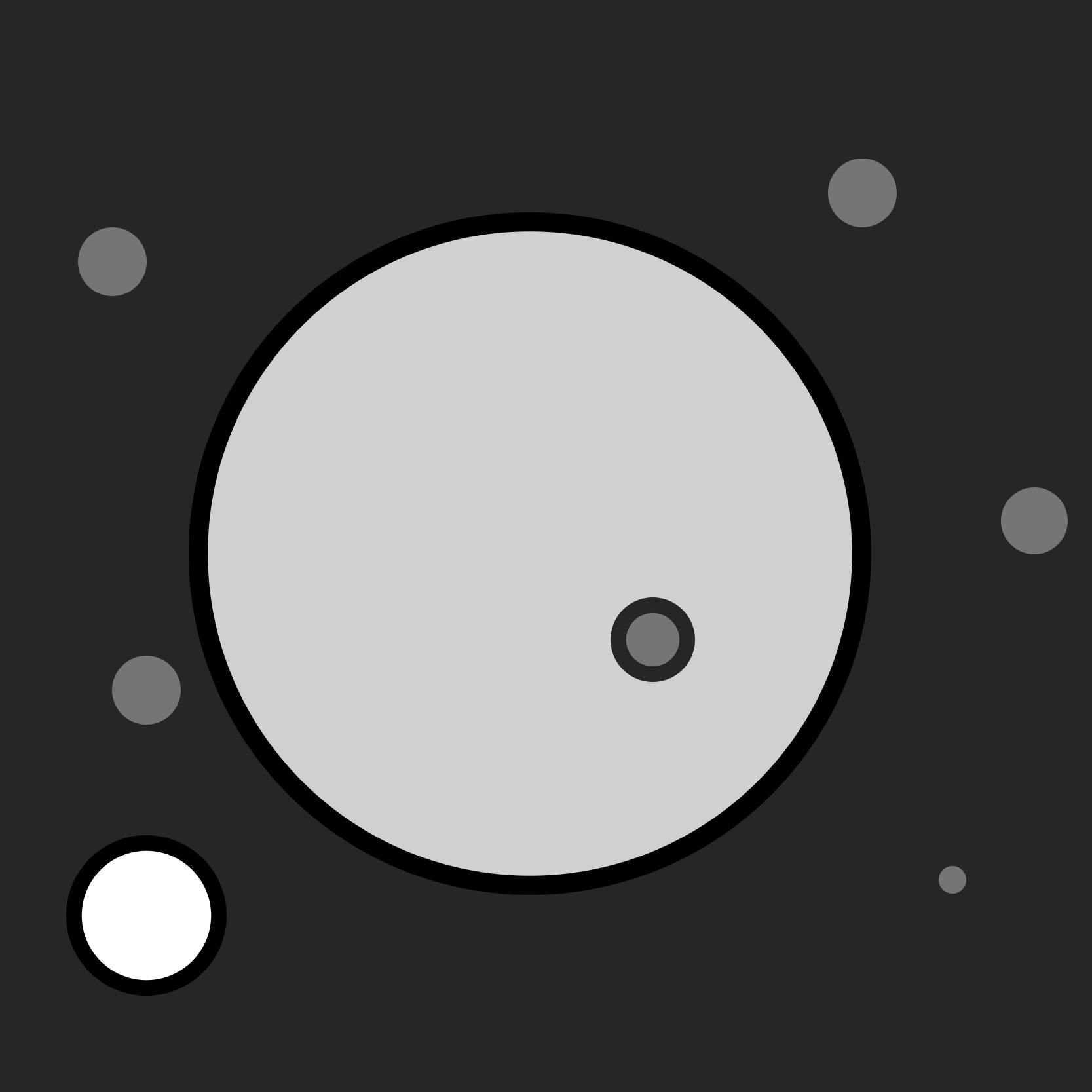Perdita, a moon of Uranus
47,485 miles
16 miles
Perdita is one of the 27 moons of Uranus. It orbits the planet at an average distance of 76,420 kilometres (47,490 miles). Perdita has a diameter of 26 kilometres (16 miles) and takes 15 hours to complete an orbit of the planet.
Perdita was first photographed by the Voyager 2 spacecraft on 18th January 1986, but it took thirteen years for it to be discovered. Erich Karkoshka, a research scientist at the University of Arizona, noticed it in seven of Voyager 2's images in 1999 and its discovery was reported on 18th May 1999 when it received its provisional name S/1986 U 10. However, as no other photographs had been taken of Perdita since Voyager 2, it was thought to be lost. It was recovered in 2003 when the Hubble Space Telescope successfully photographed it, therefore confirming its existence. Another of Uranus's "lost" moons, Ophelia, was rediscovered at the same time.
Perdita is a a member of a group of Uranus' moons called the Portia group. The Portia group contains nine moons (Bianca, Cressida, Desdemona, Juliet, Portia, Rosalind, Cupid, Belinda and Perdita) which have similar appearances and characteristics. These moons may have unstable orbits which leads to the possibility that, at some point in the distant future, they could collide with each other, break up into pieces, form rings or crash into Uranus.
Perdita is classed as an inner regular prograde moon of Uranus. It travels around the planet in the same direction of the planet's rotation and is believed to have formed from materials spinning around the planet.
Perdita is a character in The Winter's Tale, a play written by William Shakespeare in 1610 or 1611. She is the daughter of Leontes and Hermione, the King and Queen of Sicily. Leontes does not trust his wife, and suspects that Perdita is not his daughter, so orders his servant, Antigonus, to abandon the newborn Perdita somewhere remote. Antigonus leaves her in the care of a shepherdess, who raises her as her own. Perdita is a kind and compassionate character who eventually reunites with her family.
Most of the moons of Uranus get their names from characters in the works of William Shakespeare. The name Perdita comes from the Latin word perditus which means "lost" or "abandoned" which is fitting for a moon which was first photographed in 1986 but wasn't seen again until 2003.







